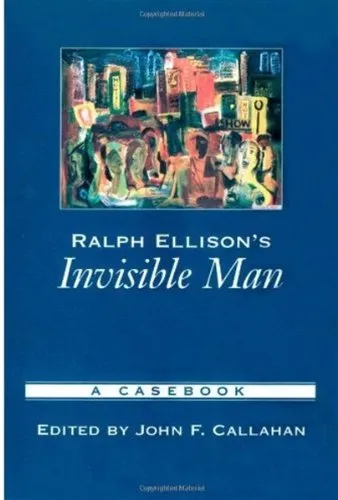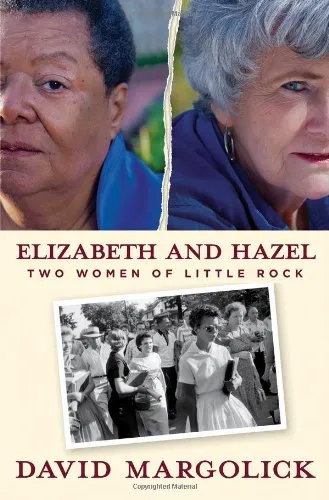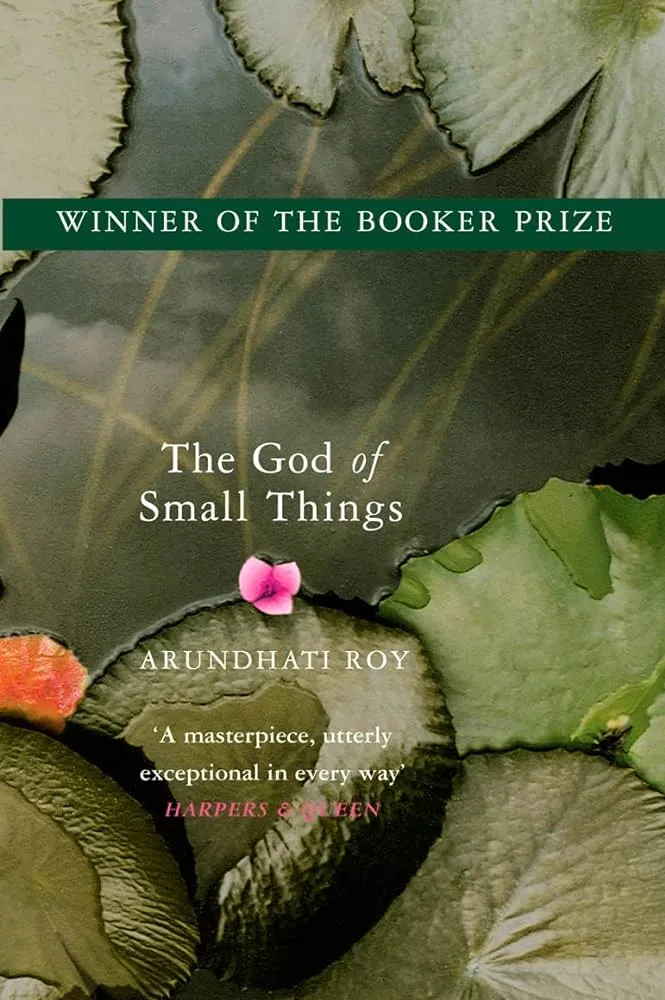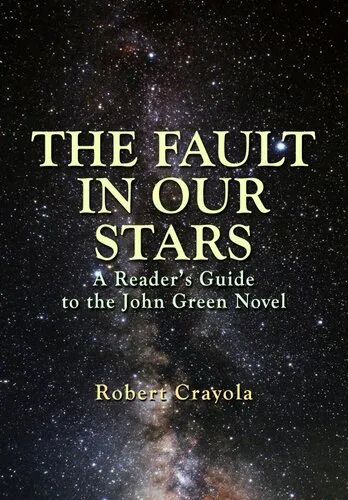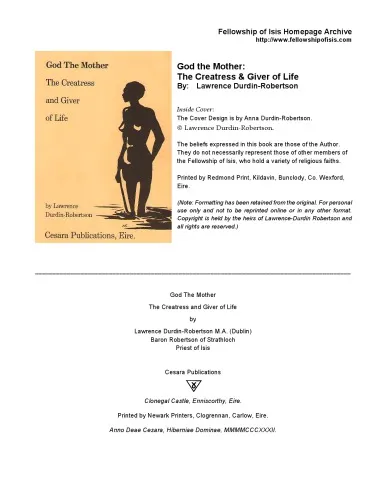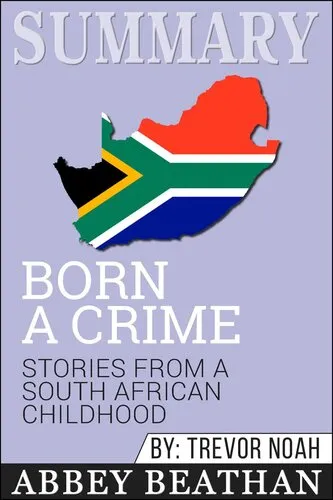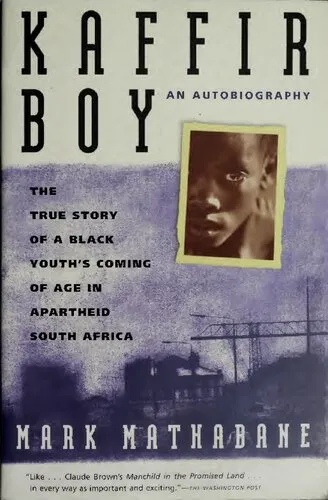Cliffs Notes on Paton's Cry, the Beloved Country
4.2
Reviews from our users

You Can Ask your questions from this book's AI after Login
Each download or ask from book AI costs 2 points. To earn more free points, please visit the Points Guide Page and complete some valuable actions.Related Refrences:
Persian Summary
Welcome to the 'Cliffs Notes on Paton's Cry, the Beloved Country,' a crucial guide for understanding one of the most poignant novels in the canon of 20th-century literature. Alan Paton's "Cry, the Beloved Country" stands as a seminal exploration of humanity, social injustice, and racial tension set against the backdrop of a South Africa on the brink of apartheid. This guide provides readers with an in-depth analysis of the novel's themes, characters, and motifs, offering valuable insights that enrich the reading experience.
Detailed Summary of the Book
"Cry, the Beloved Country" is a novel that intricately weaves the personal and political threads of South African society in the late 1940s. The story follows Stephen Kumalo, a humble Zulu pastor, as he journeys from his rural village of Ndotsheni to the bustling and tumultuous city of Johannesburg. Kumalo is on a quest to find his missing son, Absalom, who has been caught up in the crime-ridden shanty towns of the city. The narrative unfolds against a rich tapestry of societal issues, including the disintegration of tribal communities, systemic racial inequalities, and the overwhelming disparity between the rural and urban landscapes.
As Kumalo searches for Absalom, he encounters various characters whose lives reflect the diverse struggles and perspectives of South Africa's population. One poignant subplot involves the story of Arthur Jarvis, an advocate for racial justice who becomes a victim of a violent crime that ultimately implicates Absalom. Through these interconnected stories, Paton highlights the harsh realities and moral dilemmas faced by individuals amidst a larger national crisis. The novel serves not only as a narrative of personal redemption but also as a trenchant critique of societal structures that perpetuate injustice and inequality.
Key Takeaways
- Understanding Social and Racial Dynamics: The novel offers a critical perspective on the racial divides and the socio-political challenges of pre-apartheid South Africa.
- Moral and Ethical Dilemmas: It explores themes of forgiveness, redemption, and the complexity of moral choices faced by individuals.
- Hope and Reconciliation: Despite the bleak circumstances, Paton's work emphasizes the potential for healing and unity in the face of divisiveness.
Famous Quotes from the Book
"The tragedy is not that things are broken. The tragedy is that things are not mended again."
"Cry, the beloved country, for the unborn child that is the inheritor of our fear."
"But there is only one thing that has power completely, and it is love."
Why This Book Matters
"Cry, the Beloved Country" holds a pivotal place in literary and cultural studies due to its profound reflection on humanity and justice. Its publication in 1948 marked a critical moment in literature, offering a voice of empathy and moral clarity amidst the growing tensions of apartheid. Alan Paton's evocative storytelling and his portrayal of complex socio-political themes challenge readers to reflect on universal issues of race, identity, and moral responsibility. The book's enduring relevance continues to inspire discussions about reconciliation, societal change, and the enduring fight against inequality. Whether you are a student, a scholar, or a lay reader, understanding Paton's vision provides a deeper comprehension of the past and an urgent call to action in the present.
Free Direct Download
You Can Download this book after Login
Accessing books through legal platforms and public libraries not only supports the rights of authors and publishers but also contributes to the sustainability of reading culture. Before downloading, please take a moment to consider these options.
Find this book on other platforms:
WorldCat helps you find books in libraries worldwide.
See ratings, reviews, and discussions on Goodreads.
Find and buy rare or used books on AbeBooks.
1504
بازدید4.2
امتیاز0
نظر98%
رضایتReviews:
4.2
Based on 0 users review
Questions & Answers
Ask questions about this book or help others by answering
No questions yet. Be the first to ask!


